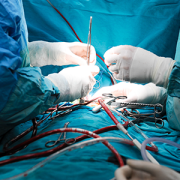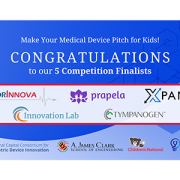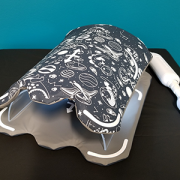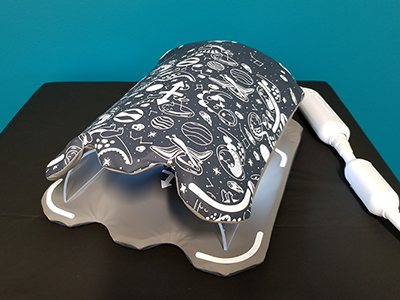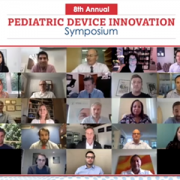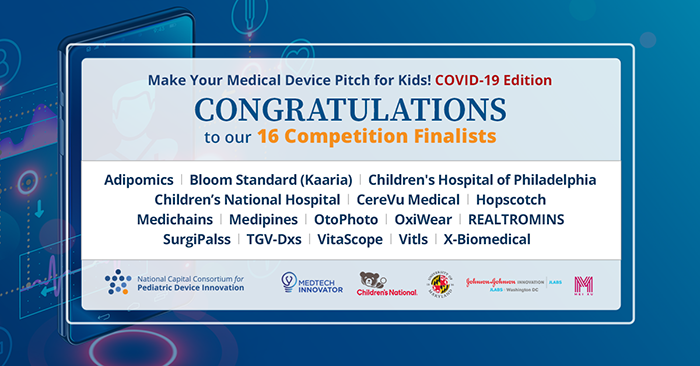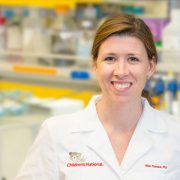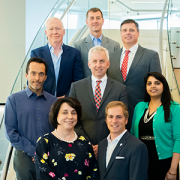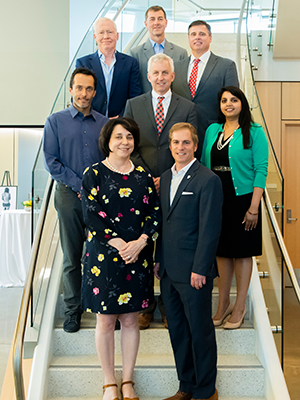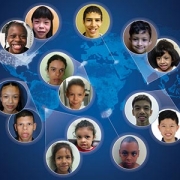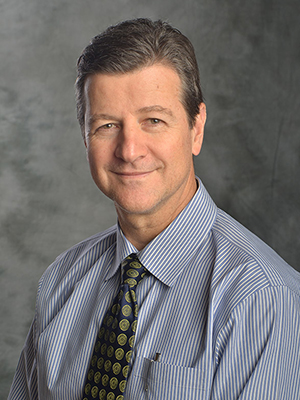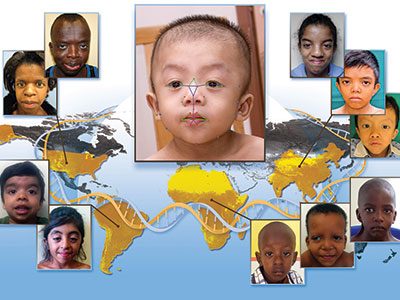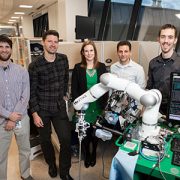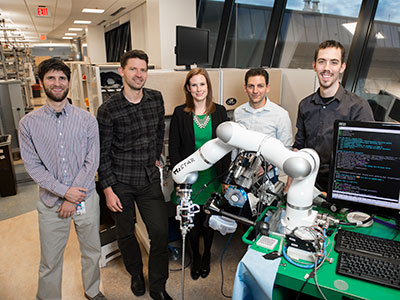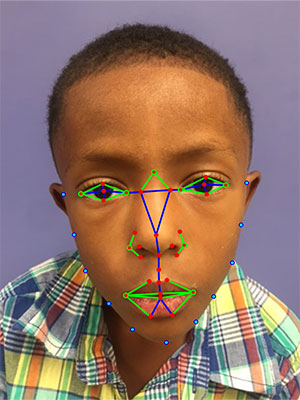Novel dye may improve outcomes for liver surgery
Researchers at Children’s National Hospital and the National Cancer Institute (NCI) have developed a novel, near‐infrared dye that can help surgeons identify structures and detect leakage during liver surgery, offering a promising tool that may someday improve outcomes for patients undergoing gastroenterology procedures.
The problem has vexed the medical community for some time: Despite advances in bile leak detection, only a third of bile duct injuries are found at the time of surgery, extending hospital stays and increasing the risk of liver failure, sepsis and even death.
Why we’re excited
The new dye – known as Bile Label Dye 760 (BL-760) – provided several promising advantages over existing surgical tools during non-clinical testing. When administered into the liver, BL‐760 was excreted and visible in bile ducts within minutes, without significant or prolonged impact on organ tissue. Its fluorescence against the surgical field also provided a superior view of leaks, offering an opportunity to treat the patient while still in the operating room. Details were published recently in Lasers in Surgery and Medicine.
“BL-760 is a promising option for monitoring the health of the liver during surgery, and we are excited to continue our testing and hopefully see first-in-human trials in the future,” said Richard Cha, Ph.D., principal investigator at the Sheikh Zayed Institute of Pediatric Surgical Innovation, part of the NIH-funded team that developed the dye.

The new dye – known as Bile Label Dye 760 (BL-760) – provided several promising advantages over existing surgical tools during non-clinical testing.
The big picture
The dye could significantly advance hepatobiliary and pancreatic (HPB) procedures in years to come. More than 40,000 new cases of liver cancer are diagnosed each year, causing more than 30,000 deaths in the U.S. alone. Gallbladder disease is also one of the most common conditions in the U.S., with more than 20 million people affected annually. In pediatrics, gall bladder removal, or cholecystectomy, is on the rise.
Procedures to treat these diseases have many challenges. During minimally invasive surgery, including laparoscopic cholecystectomy or robot-assisted hepatectomy, surgeons can struggle to precisely identify the bile ducts because of a narrow field of view or because they are embedded in fat or other tissues. Existing FDA-approved contrast agents that can enhance the biliary anatomy such as indocyanine green (ICG) aren’t well tailored for HPB surgeries because of the timing of their administration and their inferior ability to highlight biliary structures. In addition, while pre-operative imaging has improved outcomes, it cannot be used to predict leaks from the surgery itself.
What’s ahead
BL-760 was created at Children’s National and NCI by a team of experts in surgery and engineering, led by Anthony Sandler, M.D., senior vice president and surgeon-in-chief. They hope to continue their testing on the dye in the months ahead. The team was encouraged when Michele Saruwatari, M.D., a Joseph E. Robert Fellow in the Sheik Zayed Institute, recently won first place in the resident and fellow abstract presentation competition at the annual meeting of the Society of American Gastrointestinal and Endoscopic Surgeons.
“Having this tool in the operating room will change outcomes for our pediatric patients,” Sandler said. “This dye has the potential to become an essential step in liver cancer surgery, cholecystectomy and treating other pediatric diseases like biliary atresia. I look forward to the day when we can get it in the hands of surgical teams.”


